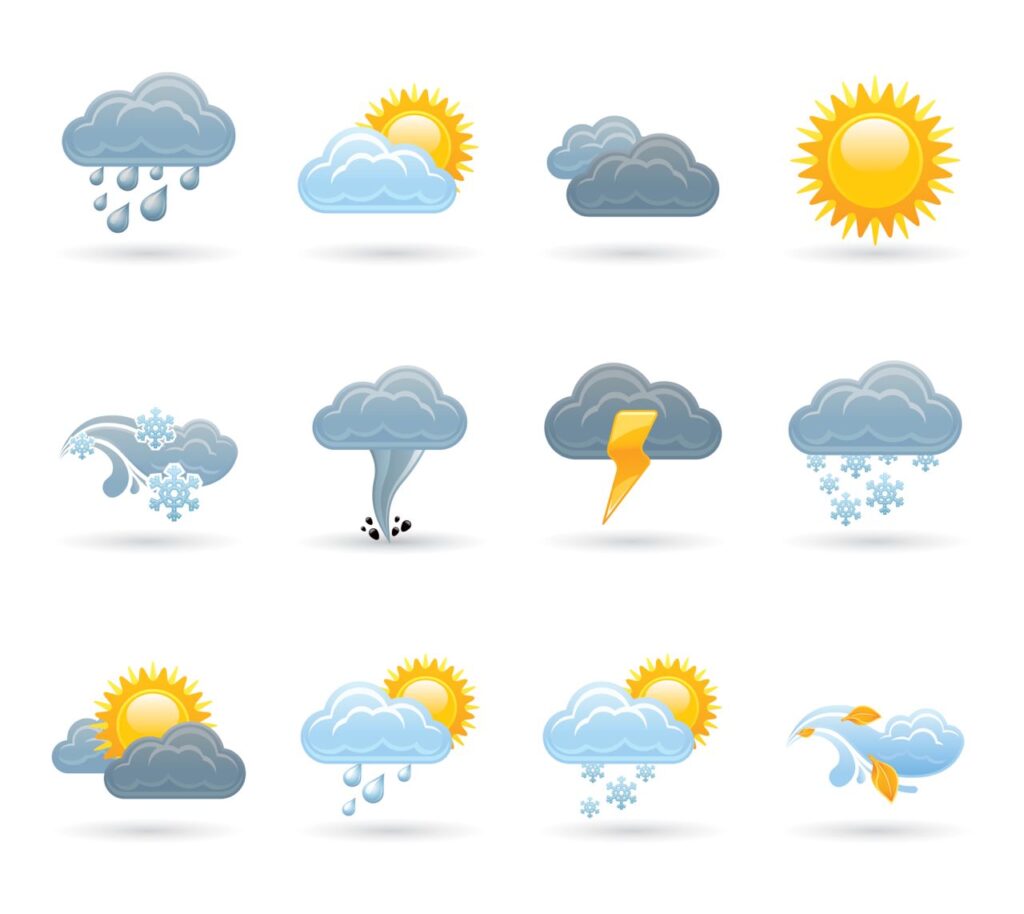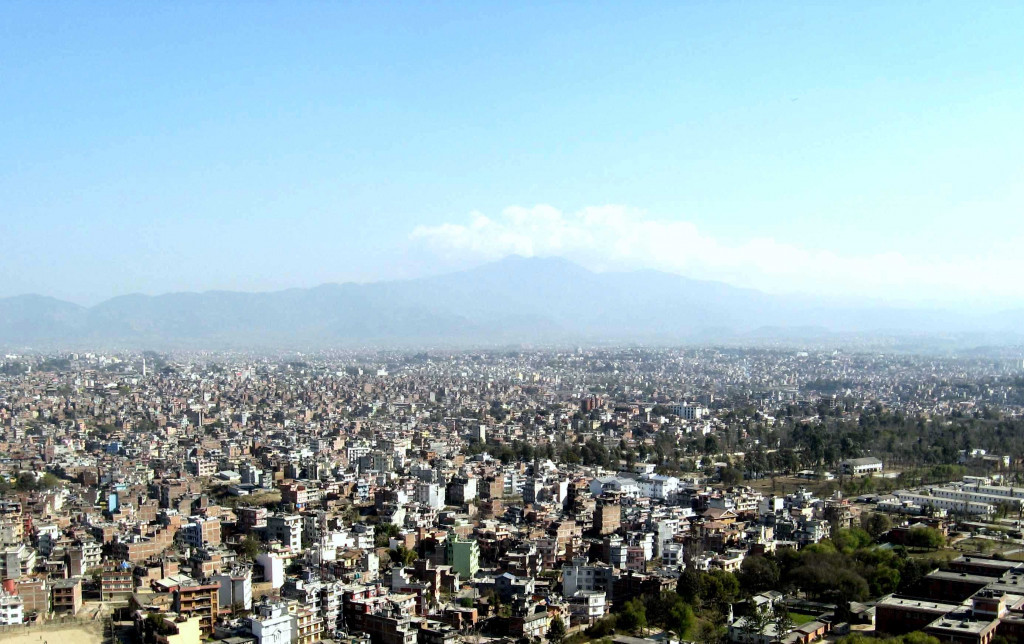The Meteorological Forecasting Division has issued a comprehensive weather bulletin highlighting the prevailing influence of westerly and local winds in the western and central parts of Nepal, coupled with the active monsoon winds affecting the eastern regions, particularly Koshi Province.
According to the Division, these combined meteorological systems are expected to bring variable weather conditions across the country throughout the day and into the night, with a noticeable impact on hilly and mountainous regions.

Partial to Generally Cloudy Skies Across the Nation
The Division reports that this afternoon, most parts of Nepal will experience partial to generally cloudy weather. While lowland areas may remain comparatively stable, the hilly and mountainous regions of Koshi, Madhesh, Bagmati, Gandaki, and Lumbini provinces are likely to witness increased cloud cover and associated weather activity.
“There is a chance of light to moderate rainfall in the hilly areas, which may be accompanied by thunder and lightning,” stated an official from the Meteorological Forecasting Division. These weather patterns are typical of the ongoing monsoon season, but local wind interactions are adding variability, especially in the central and western regions.
Heavy Rainfall Forecasted in Isolated Areas
Significantly, the Division has issued a cautionary note regarding the possibility of heavy rainfall in isolated locations within Koshi, Bagmati, Gandaki, and Lumbini provinces. Although such rainfall is not expected to be widespread, it could bring localized hazards including flash floods, landslides, and road blockages, particularly in areas with steep terrain and ongoing construction or deforestation.
People residing or traveling through these provinces are advised to remain updated with weather forecasts and exercise caution, especially during the late afternoon and evening hours when convective activity tends to peak.

Light Rain and Snowfall Likely in High Mountain Areas
The forecast further highlights the chance of light rain and snowfall in one or two locations within the high hilly and mountainous regions of the country. This includes elevations in Koshi, Bagmati, and Gandaki provinces, where temperatures remain low enough for snow to form during precipitation events.
Such conditions could pose challenges for trekkers, mountaineers, and locals engaged in high-altitude travel. The Division recommends that tourism and adventure operators in the affected regions take the necessary precautions and inform their clients of potential delays or hazards due to weather.
Nighttime Weather Conditions: More Rain Expected in Hilly Regions
As the day transitions into night, weather conditions are expected to remain active in several regions. The hilly areas of Koshi, Madhes, Bagmati, Gandaki, and Lumbini provinces will continue to experience partially to generally cloudy skies, with intermittent rainfall likely. Meanwhile, the remaining regions of the country, particularly in the western Terai and lower elevations of Karnali and Sudurpaschim, are expected to remain mostly clear.
The Division predicts that there is a continued possibility of light to moderate rain accompanied by thunder and lightning in hilly areas during the night. Isolated heavy rainfall may occur in Koshi, Bagmati, and Gandaki provinces, which could extend the risk of waterlogging and landslides into the overnight hours.
Furthermore, the high hilly and mountainous zones of Koshi, Bagmati, and Gandaki may also experience light to moderate rain and snowfall in some areas. These conditions could affect transportation routes, including highways connecting remote villages and popular trekking paths.

Caution for Travelers and Local Authorities
Given the widespread possibility of thunderstorms and heavy rain in some locations, the Meteorological Forecasting Division has urged local governments, transportation authorities, and the general public to remain vigilant.
“Thunderstorms and lightning pose a serious threat during the monsoon season. It is important for people to avoid open areas during such conditions and refrain from unnecessary travel through landslide-prone zones,” the Division warned.
Travelers, especially those heading toward highlands or involved in tourism activities, are encouraged to monitor real-time weather updates. Authorities in vulnerable areas should be prepared for quick response operations in the event of flash flooding or landslides.

A Season of Shifting Winds and Rain
The current weather conditions reflect a typical pattern seen during the monsoon transition phase in Nepal, where westerly winds begin to clash with moist air masses arriving from the Bay of Bengal. This interaction often leads to scattered showers, increased humidity, and sharp changes in weather throughout the day.
While not all regions will experience intense rainfall, the uncertainty and localized nature of monsoon-induced weather events mean preparedness is key. Farmers, transport workers, and tourism operators are particularly urged to take note of daily forecasts and advisories issued by the Department of Hydrology and Meteorology.
As Nepal continues through the early stages of the monsoon season, the Meteorological Forecasting Division will remain active in monitoring atmospheric changes and updating the public. The combination of westerly, local, and monsoon winds is expected to persist in the coming days, bringing with it more rain, thunder, and potential disruption in both rural and urban life.






